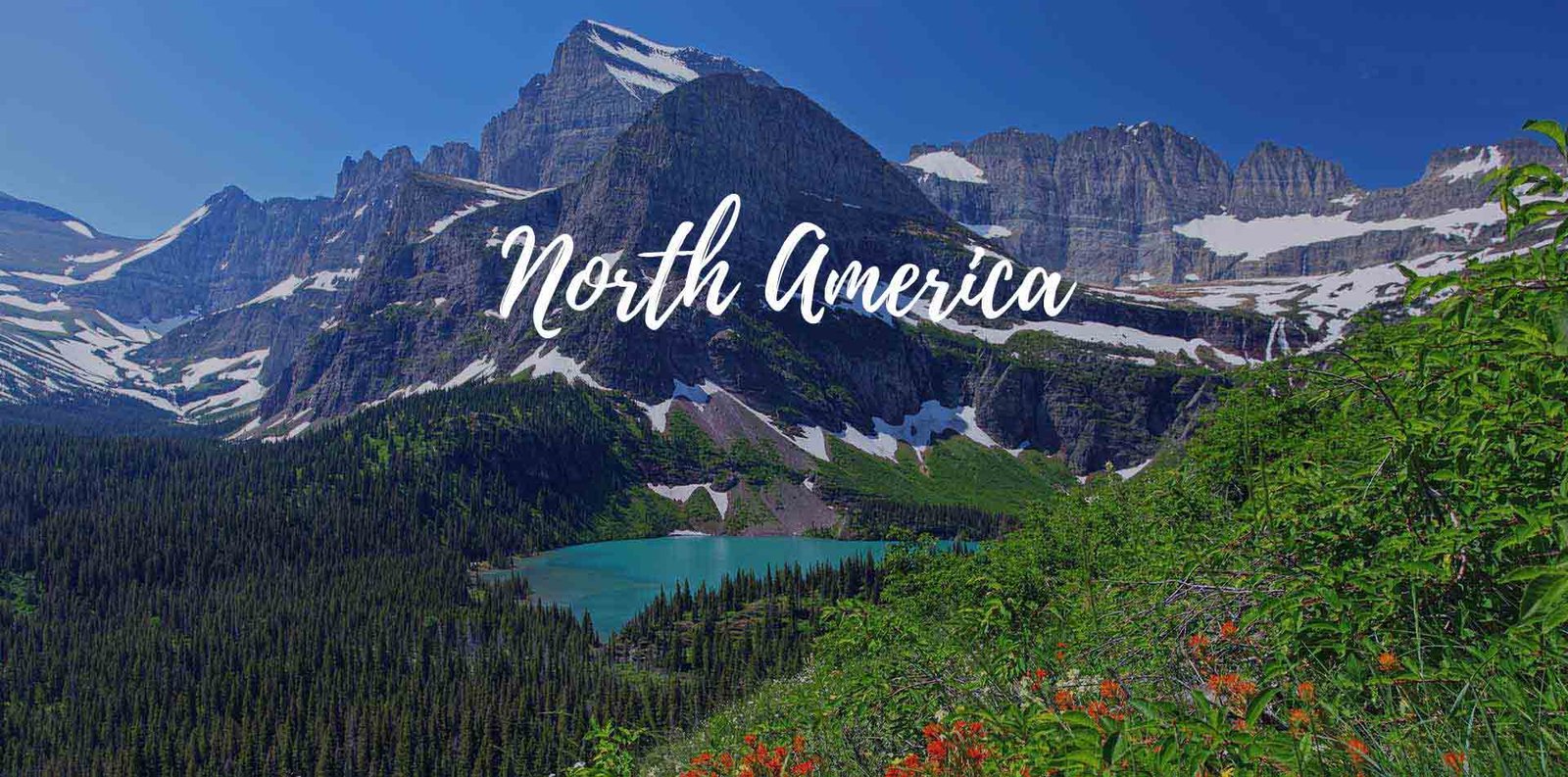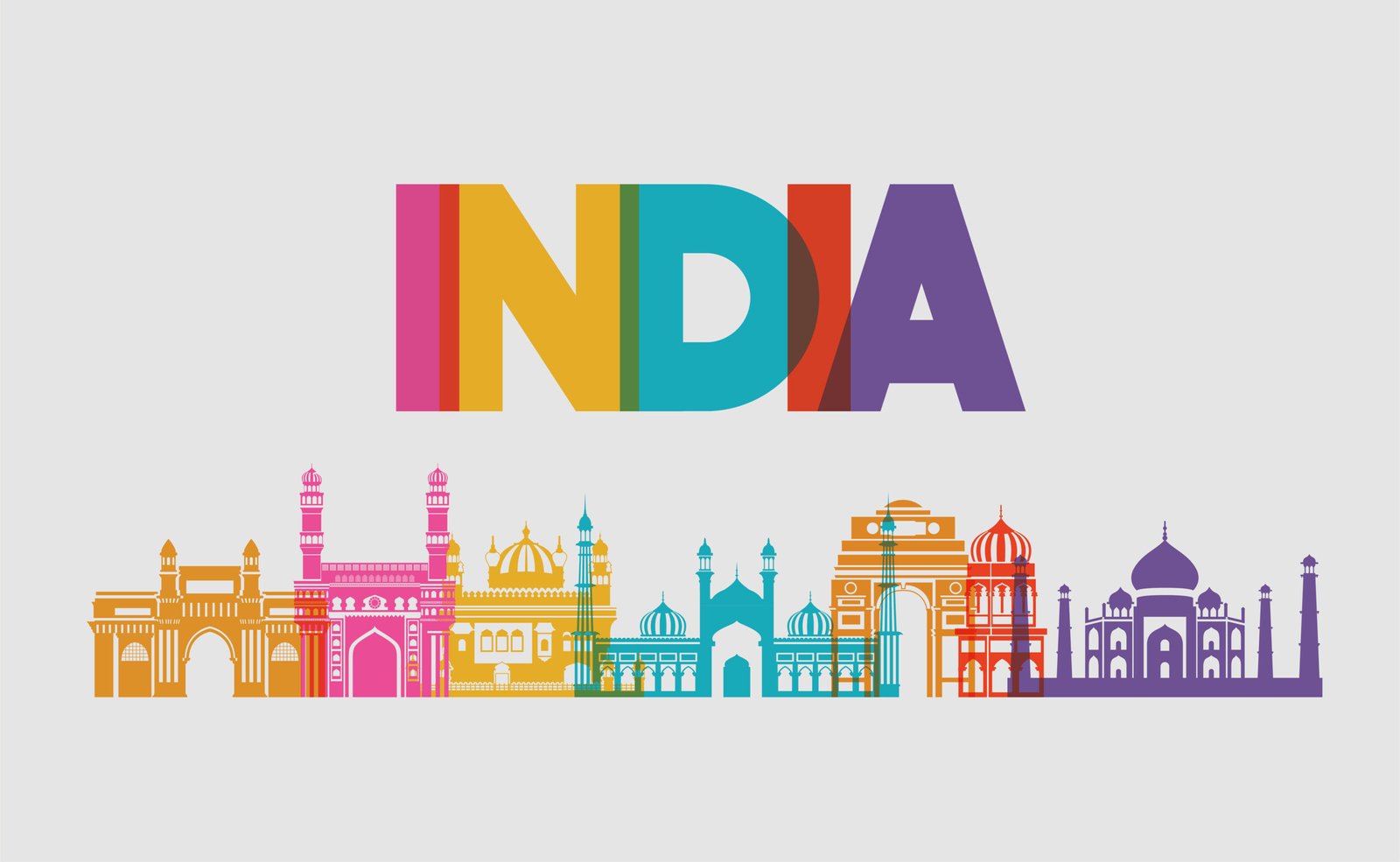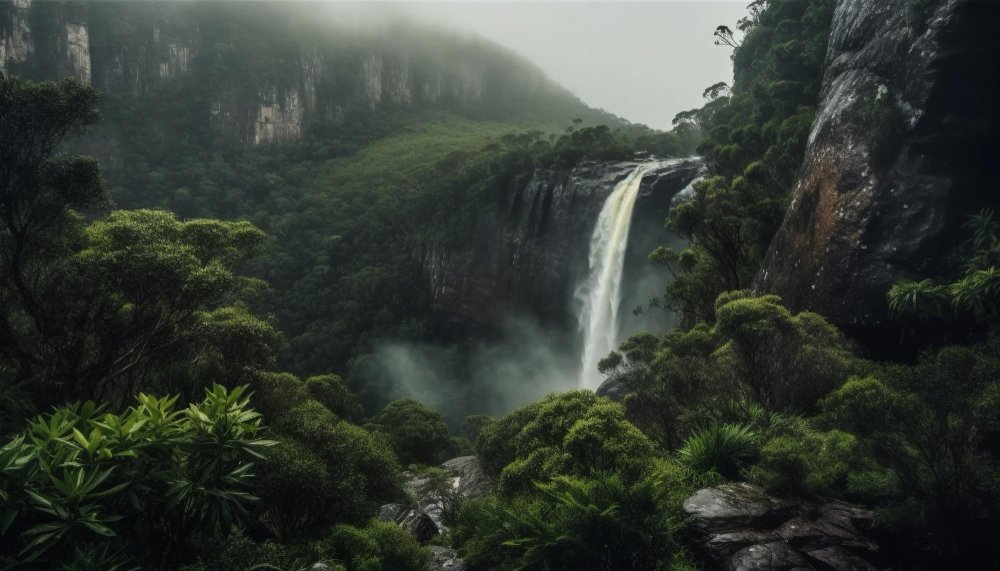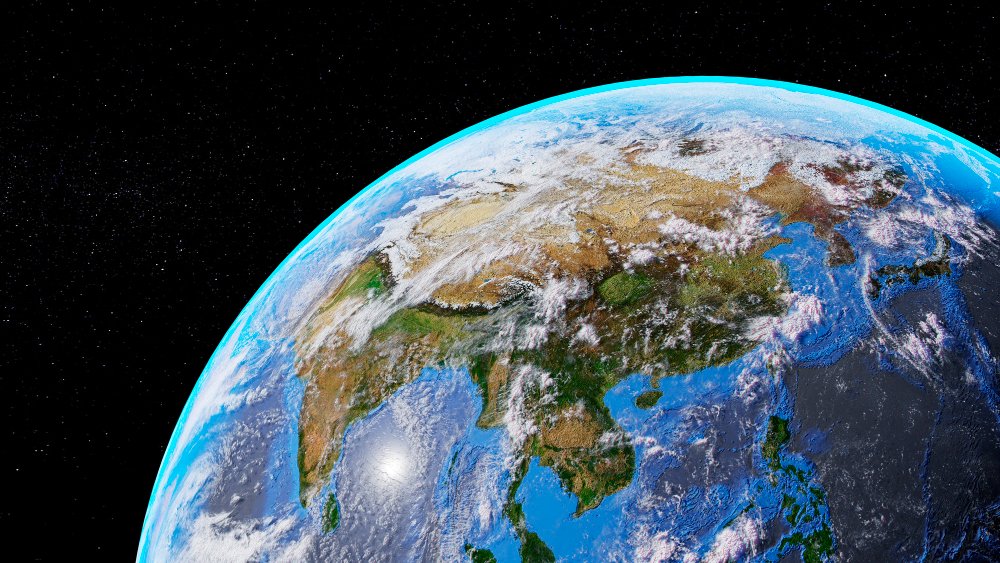NORTH AMERICA
NORTH AMERICA INCLUDES THE COUNTRIES of Canada, the United States,
and Mexico, as well as the world’s largest island, Greenland. During the
last Ice Age, a great sheet of ice flowed across the continent scouring the
landscape, deepening the depressions that now hold the Great Lakes,
and dumping fertile soil onto the central plains. The Rocky Mountains
form the backbone of the continent, running
from Alaska to New Mexico. In the east are
the Appalachian Mountains, flanked by coastal
lowlands to the east and south. In eastern
Canada lies the Canadian Shield, a huge basin
of ancient eroded rocks now covered with thin
soils. Deserts stretch from the southwestern
United States down into northern Mexico.
MOUNTAIN RANGES
The main mountain ranges of North
America, the snowcapped Rockies and
the forested Appalachians, vary greatly
in appearance (see above cross-section).
The difference can be explained by
their age. The Rockies, shown right, are
relatively young mountains that have not
yet been worn down. The Appalachians,
however, are among the world’s oldest
mountains and have been gradually
eroded by the scouring action of wind,
water, and the movement of glaciers.
THE GREAT PLAINS
Across the center of Canada and the US lie
the Great Plains, also called the prairies. This
huge area has hot summers and cold, snowy
winters. Trees are rare except along rivers and
lakeshores, but the region was once covered with
grasses grazed by millions of buffalo. Today, little
natural prairie survives, and in its place farmers
cultivate vast fields of corn and wheat.
THE GREAT LAKES
Estimated to contain one-fifth of
the world’s freshwater, the five
Great Lakes straddle the border
between Canada and the US.
Only Lake Michigan, shown left,
lies entirely within the US. The
lakes are linked by waterways
and drained by the St. Lawrence
River, which empties into the
Atlantic Ocean. The Niagara River,
which joins lakes Erie and Ontario,
passes over the famous Niagara Falls.
THE GRAND CANYON
The Grand Canyon was formed over millions
of years as the waters of the Colorado River
and its tributaries carved their way through
the solid rock. At some points the canyon is
1 mile (1.6 km) deep, and cuts through rocks
that are 2,000 million years old. Different
types of fossils found in the canyon walls
reveal the dates of its changing history.
Section across the US
San Francisco Rocky Mountains
Appalachian Mountains
THE MISSISSIPPI RIVER
The great Mississippi flows from
Minnesota to the Gulf of Mexico.
At the turn of the last century,
the destruction of forest and the
plowing of prairies around the
river basin caused severe soil
erosion. Soil washed into the river,
raised the water level, and caused
floods. Replanting forests and building
dams has helped control the flow, but
exceptionally heavy rains still cause floods.
THE EVERGLADES
Florida’s Everglades are a protected wetland habitat,
home to many rare plants and animals. Originally covering
a much larger area, part of the Everglades has been
drained and used for the cultivation of sugarcane. The
northern part of the surviving wetland is now a sawgrass
prairie, covered by shallow water with islands of higher
land. In the south, freshwater mixes with water from the
sea, creating salt marshes fringed by mangrove swamps.
ONCE POPULATED BY TRIBES of native peoples
who lived off the land, the vast majority
of North America’s population now consists of
immigrants who arrived over the last 400 years.
Today, in terms of both population and economic
wealth, the continent is dominated by the US,
the richest country in the world. To the north,
Canada covers a vast area, but much of it is cold
and inhospitable, and so it has a much smaller
population. Both countries were once British
colonies and are still mostly English speaking.
In contrast, Mexico is Spanish speaking, reflecting
its past as a Spanish colony. Mexico is a relatively
poor country, despite its vast oil and gas reserves.
POPULATION DISTRIBUTION
In general, North America is one of the most sparsely populated
continents. Over two-thirds of the population lives in the US. Mexico
has the next largest population, followed by Canada. Historically, the
eastern US has been the most densely populated area, but in the past few
decades, many people have moved to the warmer southern and western
states. In Canada, people have also left the east coast for the Great Lakes
and cities such as Toronto, or for west coast cities such as Vancouver.
The population of Vancouver,
in western Canada, has grown
dramatically in recent years as
people have moved there from
Hong Kong and other parts of Asia.
The figures on
this chart show
the number of
people per
sq mile (sq km).
Largest country: Canada,
3,855,081 sq miles
(9,984,670 sq km)
PEOPLES OF NORTH AMERICA
PEOPLE OF THE US
The US is often known as a
cultural “melting pot” because
of all the different peoples that
make up its population. The main
groups are whites (people of
European descent) Hispanics,
blacks, Asians, and native peoples.
A CONTINENT OF IMMIGRANTS
There have been many waves of immigrants to
North America, mostly from Europe, but from
South America and Asia, too. Not everyone chose
to go. Today’s black Americans are descended
from African slaves who were forced to the US
between 1619–1808 to work on plantations.
Slavery was not abolished in the US until 1865.
Today, African Americans are a vital part of
American culture, from politics to sports.
CANADIAN CULTURE
Canadians often display their
distinctive maple-leaf flag
outside their homes. They
are very proud of their
country with its wide open
spaces, lakes, mountains,
and extensive national and
provincial parks. But there
is always the issue of US
entertainment and culture
flooding across the border
and dominating the
Canadian identity. To
encourage Canada’s own
cultural development, the
government gives grants
to the arts, and the
broadcasting, publishing,
and film industries. This Canadian “patriotic workshop” is painted in the colors of the country’s flag.
GOOD NEIGHBORS
There has not been a war between the countries of
North America for nearly 150 years. Recently, Canada,
the US, and Mexico agreed to abolish trade barriers and
open their markets to each other’s exports. The full
effects of this agreement are yet to be discovered, but
Mexican workers like these farmers have already lost out,
as cheaper US food and goods
have flooded into Mexico. By
contrast, cheaper food
can benefit the poor.
EUROPEAN SETTLERS
Europeans have been
settling in the US and
Canada since the 16th
century, but in the 19th
century, immigrants began
to flood in. They were
often driven from Europe
by economic hardship,
political unrest, and
religious persecution. North
America was seen as a land
of opportunity, where there
was plenty of cheap land
and people were promised
freedom. The first
immigrants settled on the
east coast, but began to
move northeast in the 1800s
as industry began to grow.
NATIVE PEOPLES
Native Americans are the descendants of people who probably
migrated from Asia via a land bridge across the Bering Strait
about 20,000 years ago. Today, native peoples form only a small
proportion of the population of the US and Canada. In the US,
many Native Americans were moved onto special reservations in
the 19th century as settlers took
over their lands. In Mexico,
native peoples, like these Maya,
form about 30 percent of the
population and are spread
throughout the country.
In the US, local matters,
such as police, hospital,
and highway services, are
taken care of by individual
states. Matters that affect
all the states, such as
foreign policy, defense,
and issuing currency,
are dealt with centrally.
FEDERAL GOVERNMENTS
All three countries in North America have federal systems of government. This means that each country is divided into a number of states or provinces. These make their own local laws and also have representatives in the national government. Tension sometimes develops between the interests of the individual states or provinces and the interests of the country as a whole. In Canada, for example, a strong independence movement has grown up in the French-speaking province of Québec.













[…] atmosphere. The atmosphere protects us […]
[…] of icebergs into the sea. Shrinking record The Columbia Glacier is one of the fastest moving in North America, but its fast forward movement is offset by extremely rapid calving of icebergs at its terminus, at […]